Disciplina Positiva como Estrategia para la Formación del Carácter en la Infancia: Una Revisión Crítica
Resumen
Este artículo de revisión tuvo como objetivo analizar críticamente la disciplina positiva como estrategia formativa para el desarrollo del carácter en la infancia, explorando sus fundamentos teóricos, beneficios y desafíos en contextos educativos y familiares. Se empleó la metodología PRISMA para garantizar un proceso sistemático y transparente de búsqueda, selección y análisis de literatura científica. Se identificaron 25 estudios relevantes publicados entre 2010 y 2024 en bases de datos como Scopus, SciELO, PubMed y Google Scholar. Las categorías de análisis incluyeron: fundamentos teóricos de la disciplina positiva, su impacto en el desarrollo del carácter infantil, el rol del adulto educador y los factores contextuales que inciden en su implementación. Los hallazgos revelan que la disciplina positiva, basada en el respeto mutuo, la empatía y la firmeza afectuosa, promueve competencias socioemocionales esenciales para la autorregulación, la resiliencia y la toma de decisiones éticas en los niños. Asimismo, se identificaron barreras culturales, falta de formación docente y escaso acompañamiento institucional como desafíos clave. Se concluye que la disciplina positiva constituye una estrategia educativa efectiva, pero su éxito depende de un enfoque integral y contextualizado, articulado entre familia, escuela y comunidad.
Descargas
Citas
Bandura, A. (1977). Social learning theory. Prentice-Hall.
Baumrind, D. (1991). The influence of parenting style on adolescent competence and substance use. The Journal of Early Adolescence, 11(1), 56–95. https://doi.org/10.1177/0272431691111004
Berk, L. E. (2018). Development through the lifespan (7th ed.). Pearson Education.
Cassidy, J., & Shaver, P. R. (Eds.). (2016). Handbook of attachment: Theory, research, and clinical applications (3rd ed.). Guilford Press.
Cicchetti, D., & Valentino, K. (2006). An ecological-transactional perspective on child maltreatment: Failure of the average expectable environment and its influence on child development. In D. Cicchetti & D. Cohen (Eds.), Developmental psychopathology: Vol. 3. Risk, disorder, and adaptation (pp. 129–201). Wiley.
Durlak, J. A., Weissberg, R. P., Dymnicki, A. B., Taylor, R. D., & Schellinger, K. B. (2011). The impact of enhancing students’ social and emotional learning: A meta-analysis of school-based universal interventions. Child Development, 82(1), 405–432.
https://doi.org/10.1111/j.1467-8624.2010.01564.x
Eisenberg, N., Spinrad, T. L., & Knafo-Noam, A. (2015). Prosocial development. In R. M. Lerner (Ed.), Handbook of child psychology and developmental science (7th ed., Vol. 3, pp. 610–656). Wiley.
Frey, K. S., Hirschstein, M. K., & Guzzo, B. A. (2000). Second Step: Preventing aggression by promoting social competence. Journal of Emotional and Behavioral Disorders, 8(2), 102–112.
https://doi.org/10.1177/106342660000800206
García, F., & Gracia, E. (2009). Is always authoritative the optimum parenting style? Evidence from Spanish families. Adolescence, 44(173), 101–131.
Ginsburg, K. R. (2017). Building resilience in children and teens: Giving kids roots and wings (3rd ed.). American Academy of Pediatrics.
Goleman, D. (1995). Emotional intelligence: Why it can matter more than IQ. Bantam Books.
Grusec, J. E., & Hastings, P. D. (Eds.). (2015). Handbook of socialization: Theory and research (2nd ed.). Guilford Press.
Hoffman, M. L. (2000). Empathy and moral development: Implications for caring and justice. Cambridge University Press.
Kochanska, G., & Aksan, N. (2006). Children’s conscience and self-regulation. Journal of Personality, 74(6), 1587–1617. https://doi.org/10.1111/j.1467-6494.2006.00421.x
Kumpfer, K. L., & Alvarado, R. (2003). Family-strengthening approaches for the prevention of youth problem behaviors. American Psychologist, 58(6-7), 457–465. https://doi.org/10.1037/0003-066X.58.6-7.457
Samaniego Luna, N. I., & Chamba Carchi, M. Y. N. (2024). TDAH en entornos escolares, experiencia y autoconfianza de los maestros de educación general básica para la enseñanza efectiva. Estudios Y Perspectivas Revista Científica Y Académica , 4(1), 149–158. https://doi.org/10.61384/r.c.a.v4i1.89
Sosa Aquino, O., Garlisi Torales, D., & Ayala Ratti, F. (2024). Construcción y validación de un cuestionario de percepción acerca de la Gestión del centro de enseñanza de una Facultad de Enfermería . Revista Científica De Salud Y Desarrollo Humano, 5(1), 460–481. https://doi.org/10.61368/r.s.d.h.v5i1.112
Samaniego Luna, N. I., & Chamba Carchi, M. Y. N. (2024). TDAH en entornos escolares, experiencia y autoconfianza de los maestros de educación general básica para la enseñanza efectiva. Estudios Y Perspectivas Revista Científica Y Académica , 4(1), 149–158. https://doi.org/10.61384/r.c.a.v4i1.90
Martínez, O., Aranda , R., Barreto , E., Fanego , J., Fernández , A., López , J., Medina , J., Meza , M., Muñoz , D., & Urbieta , J. (2024). Los tipos de discriminación laboral en las ciudades de Capiatá y San Lorenzo. Arandu UTIC, 11(1), 77–95. Recuperado a partir de https://www.uticvirtual.edu.py/revista.ojs/index.php/revistas/article/view/179
v, H., & Quispe Coca, R. A. (2024). Tecno Bio Gas. Horizonte Académico, 4(4), 17–23. Recuperado a partir de https://horizonteacademico.org/index.php/horizonte/article/view/14
Da Silva Santos , F., & López Vargas , R. (2020). Efecto del Estrés en la Función Inmune en Pacientes con Enfermedades Autoinmunes: una Revisión de Estudios Latinoamericanos. Revista Científica De Salud Y Desarrollo Humano, 1(1), 46–59. https://doi.org/10.61368/r.s.d.h.v1i1.9
Guzmán Campoverde, G. A., García Reinoso, L. L., & Espinoza Pesantez , D. I. (2025). Dímero D en pacientes con SARS-CoV-2 en un Hospital Privado de Cuenca, Ecuador (2020 y 2021). Ciencia Y Reflexión, 4(1), 1959–1973. https://doi.org/10.70747/cr.v4i1.227
Pineda Herrera, Y. de J., & Troya Sanchez, M. E. (2025). Using Art as a Pedagogical Tool for Improving English Vocabulary Learning among 5th Graders. Ciencia Y Reflexión, 4(1), 852–875. https://doi.org/10.70747/cr.v4i1.44
Acosta Varela, N., & Vera Bustillos, E. (2025). Donación de Plasma Trasfronteriza en Estudiantes Universitarios: Un Análisis Socioeconómico. Ciencia Y Reflexión, 4(1), 1787–1812. https://doi.org/10.70747/cr.v4i1.99
Lamborn, S. D., Mounts, N. S., Steinberg, L., & Dornbusch, S. M. (1991). Patterns of competence and adjustment among adolescents from authoritative, authoritarian, indulgent, and neglectful families. Child Development, 62(5), 1049–1065. https://doi.org/10.2307/1131151
Nelsen, J. (2006). Positive discipline (Rev. ed.). Ballantine Books.
Raver, C. C., & Knitzer, J. (2002). Ready to enter: What research tells policymakers about strategies to promote social and emotional school readiness among three- and four-year-old children. National Center for Children in Poverty.
Schonert-Reichl, K. A., & Lawlor, M. S. (2010). The effects of a mindfulness-based education program on pre- and early adolescents’ well-being and social and emotional competence. Mindfulness, 1(3), 137–151. https://doi.org/10.1007/s12671-010-0011-8
Slade, A., & Aber, J. L. (2001). Attachment, poverty and intervention: The case of Early Head Start. Attachment & Human Development, 3(3), 282–288.
https://doi.org/10.1080/14616730110096891
Steinberg, L. (2001). We know some things: Parent–adolescent relationships in retrospect and prospect. Journal of Research on Adolescence, 11(1), 1–19. https://doi.org/10.1111/1532-7795.00001
UNICEF. (2020). Disciplina positiva en el hogar: Guía práctica para madres, padres y cuidadores. Fondo de las Naciones Unidas para la Infancia. https://www.unicef.org/
Wang, M.-T., & Sandberg, T. (2017). Parenting and adolescent adjustment: A meta-analysis of longitudinal studies. Journal of Youth and Adolescence, 46(4), 1034–1051.
https://doi.org/10.1007/s10964-016-0601-x
Weissberg, R. P., Durlak, J. A., Domitrovich, C. E., & Gullotta, T. P. (2015). Social and emotional learning: Past, present, and future. In J. A. Durlak et al. (Eds.), Handbook of social and emotional learning: Research and practice (pp. 3–19). Guilford Press.
Zins, J. E., Weissberg, R. P., Wang, M. C., & Walberg, H. J. (2004). Building academic success on social and emotional learning: What does the research say? Teachers College Press.
Ziv, Y. (2013). Exposure to violence, social information processing, and problem behavior in preschool children. Aggressive Behavior, 39(6), 397–406. https://doi.org/10.1002/ab.21489
Derechos de autor 2025 Amada Aracelly Ponce Vinueza , Mary Alexandra Carrión Cuenca, Cristina Soledad Criollo Castro, Viviana Rosalva Lomas Ramos, Agustín Ricardo Aguirre Adriano, William Ivan Rosero Cardenas

Esta obra está bajo licencia internacional Creative Commons Reconocimiento 4.0.

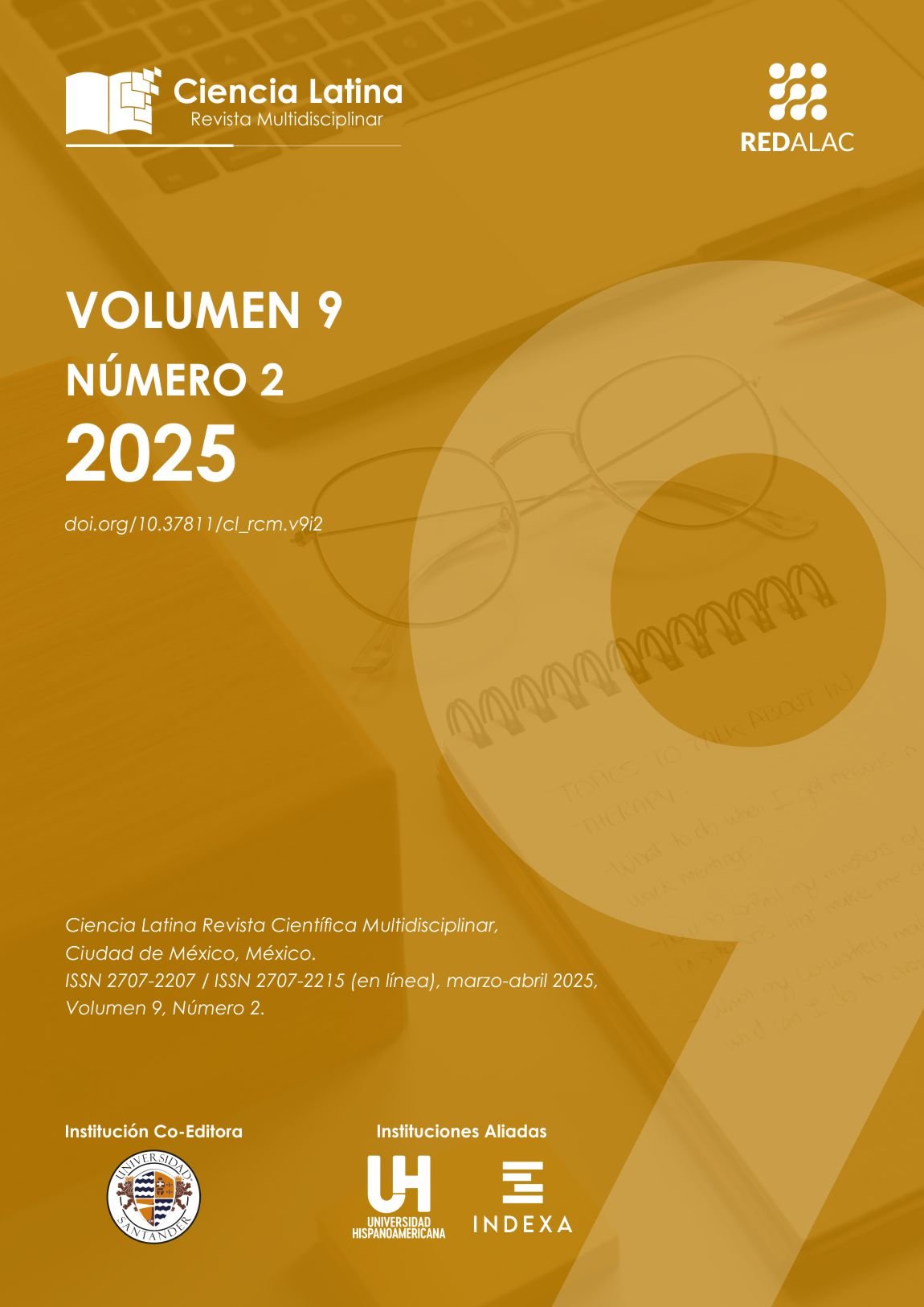

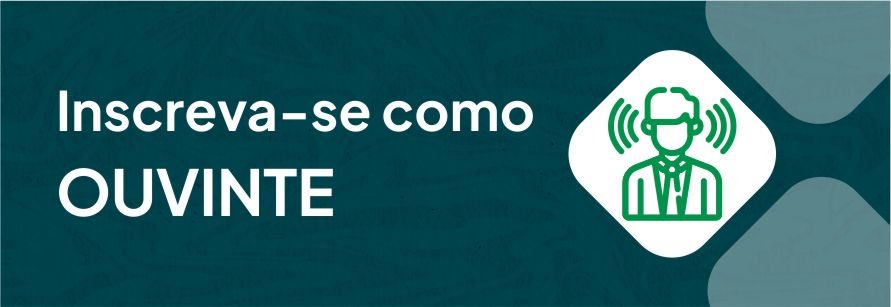









.png)
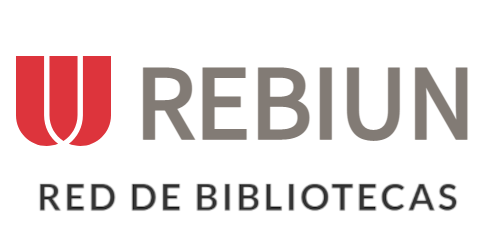







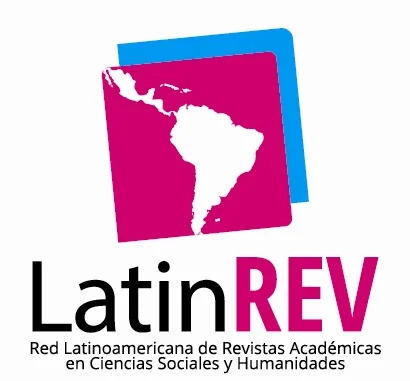





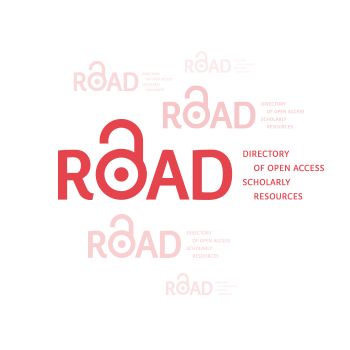





.png)
1.png)


